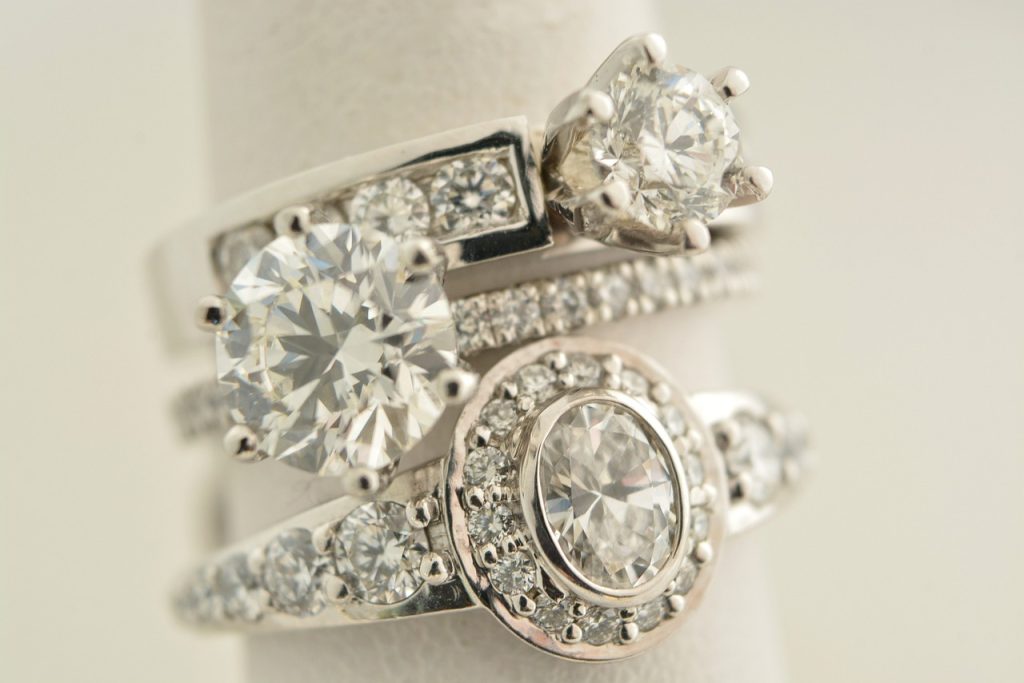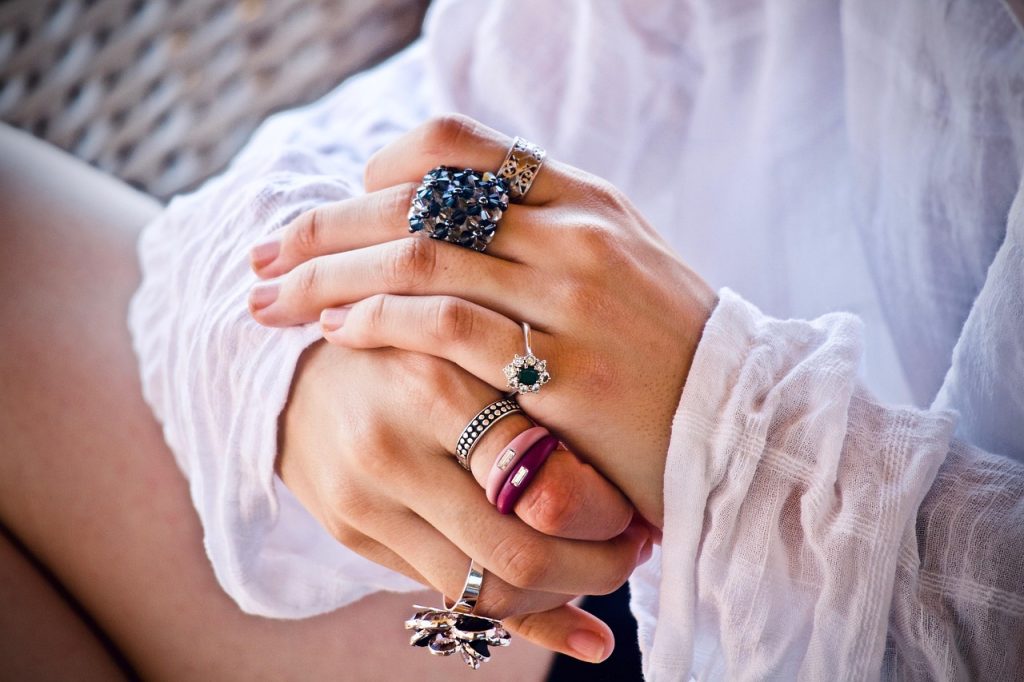Introduction: Why Cultural Sensitivity Matters in Diamond Gifting
Diamond gifting has long symbolized love, commitment, wealth, and status across the globe. However, in a globalized world where markets span continents and consumer bases consist of diverse cultural backgrounds, gifting diamonds without understanding the cultural implications can lead to miscommunication or even offense. The symbolism associated with diamonds—whether as engagement rings, anniversary gifts, or tokens of appreciation—varies widely depending on region, religion, and tradition. For international buyers or businesses involved in diamond gifting, cultural sensitivity is not just courteous; it is essential for building meaningful relationships and avoiding potential faux pas. Understanding these cultural nuances allows the gesture of diamond gifting to truly resonate with its intended recipient, reflecting respect, intentionality, and thoughtfulness.

Do: Understand the Symbolism of Diamonds in the Recipient’s Culture
The symbolic meaning of diamonds differs drastically across cultures, and global buyers must be attentive to these distinctions. In Western cultures, diamonds are most commonly associated with romantic love and commitment, often tied to engagement rings—a tradition popularized in the 20th century. However, in many Eastern cultures, diamonds may not carry the same romantic symbolism. For instance, in China, jade is often seen as more meaningful than diamonds due to its deep cultural roots in virtue and protection. In India, diamonds are traditionally linked to astrological benefits and spiritual well-being rather than exclusively romantic gestures. In Japan, the act of gifting a diamond may be viewed more as a status symbol than a declaration of love. Buyers must research or inquire about cultural interpretations before selecting diamonds as gifts, especially for significant life events.
Don’t: Assume Western Engagement Norms Are Universal
It is a common mistake for global buyers to assume that the Western concept of proposing with a diamond ring is universally practiced or welcomed. While popular in the United States, Canada, and much of Europe, the custom of giving diamond engagement rings is not always relevant—or even appropriate—in other cultures. For example, in many Middle Eastern and South Asian countries, engagement practices are heavily influenced by familial traditions, religious customs, and arranged marriage systems where personal gifting may play a secondary role. Furthermore, in countries like Saudi Arabia, overt romantic gestures—especially between unmarried individuals—can be culturally sensitive or even legally problematic. Similarly, in African cultures, traditional ceremonies often involve the exchange of dowries or symbolic gifts other than diamonds. Misjudging these customs can unintentionally diminish the sincerity of the gesture or cause discomfort for the recipient and their family.
Do: Consider Color and Gemstone Pairings with Cultural Symbolism
While diamonds are often clear and colorless, fancy-colored diamonds and gemstone pairings are becoming more popular globally. However, the meanings associated with certain colors and gemstones vary significantly across cultures, and gifting the wrong combination can convey unintended messages. For example, in many Asian cultures, red is considered a lucky color, symbolizing happiness and prosperity, making red gemstones or diamonds with a reddish hue a favored choice for weddings and celebratory gifts. Conversely, white—which may symbolize purity in the West—can be associated with mourning and funerals in some Eastern traditions. Green may be linked to fertility and renewal in some African communities, while in others, it could represent jealousy or misfortune. Even black diamonds, though increasingly fashionable, may be interpreted as ominous or negative in specific cultural contexts. Pairing diamonds with culturally significant metals, such as gold in Hindu customs or platinum in Western luxury gifting, can also add layers of meaning that buyers should account for.
Don’t: Overlook Religious and Spiritual Considerations
Religious and spiritual beliefs can significantly shape how diamond gifts are perceived. In Hinduism, astrology and gemology play essential roles in determining which stones should be worn, often based on one’s birth chart or planetary alignments. A diamond, while generally positive, may not be astrologically suitable for everyone, and giving one without understanding its spiritual implications could be problematic. In Islamic cultures, modesty and simplicity are often emphasized, and extravagant jewelry might be discouraged in certain religious circles, particularly during solemn periods like Ramadan or Muharram. Christian traditions may embrace diamonds for weddings but could view ostentation negatively in other contexts. Buddhist beliefs may promote non-attachment to material possessions, making diamond gifting appear incongruous unless deeply meaningful. Buyers should not only consider the recipient’s religion but also how devoutly they practice it, as this can influence how the gift is received.
Do: Customize the Presentation and Timing of the Gift
How and when a diamond is presented is just as important as the gift itself, especially across different cultures. Presentation rituals can elevate the perceived respect and honor of the gift, or alternatively, appear rushed or inappropriate. In East Asian cultures such as Japan and Korea, the act of giving gifts is heavily ritualized—gifts are usually presented with both hands, wrapped carefully, and exchanged during formal visits or specific holidays. In contrast, in many Western cultures, a more casual or spontaneous presentation is often acceptable, particularly among close relations. Timing is also essential: giving a diamond gift during periods of mourning, fasting, or religious observance may be considered insensitive. Moreover, numerology plays a role in certain societies—gifting in even numbers may be considered bad luck in China, whereas odd numbers might be more favorable. By customizing the presentation to align with cultural expectations, the gift of a diamond becomes more than just a luxury item—it becomes a deeply respectful and meaningful gesture.

Don’t: Disregard Local Customs Around Gender and Gifting
In many cultures, the acceptability of gifting diamonds is heavily influenced by gender norms and social roles. In some Middle Eastern and South Asian societies, it may be inappropriate for a man and woman to exchange expensive personal gifts, such as diamond jewelry, unless they are married or closely related. This could be viewed as culturally intrusive or suggestive. In traditional Japanese contexts, men may be expected to gift diamonds to women, but the reverse may be less common or carry different connotations. Furthermore, in some African cultures, jewelry gifting—especially diamonds—might be seen as a communal affair rather than a private romantic gesture, often involving the family or even the wider community. Understanding whether diamond gifts are perceived as symbols of affection, familial duty, or economic support can help global buyers navigate complex gender dynamics respectfully. Ignoring these customs risks embarrassment, social tension, or a misrepresentation of intent.
Do: Choose Ethical and Conflict-Free Diamonds to Align with Global Values
In today’s globalized market, ethical sourcing has become an increasingly important factor in diamond gifting. Buyers across diverse cultural and national backgrounds are paying closer attention to the origins of their diamonds, particularly in regions where ethical consumption is closely linked to cultural and generational values. For example, younger consumers in North America and Europe often prioritize conflict-free and environmentally responsible diamonds due to social activism and ethical awareness. Meanwhile, in parts of Africa and Latin America, communities that have historically suffered from the diamond trade might view ethically sourced diamonds as a commitment to fair labor practices and responsible commerce. Choosing diamonds certified by organizations like the Kimberley Process or opting for lab-grown diamonds when appropriate can demonstrate cultural sensitivity and moral integrity. This is especially relevant when gifting in multicultural or international contexts where sustainability and ethics are essential aspects of social identity.
Don’t: Neglect the Importance of Family and Community Approval
In many parts of the world, the approval of family or community members can be more important than the sentiments of the individual receiving the diamond. This is especially true in collectivist cultures, such as those in China, India, and many Middle Eastern and African societies, where major life events—including engagement, marriage, and gift-giving—are often family-centered. A diamond that is seen as too extravagant, foreign, or inappropriate could reflect poorly not only on the giver but also on the recipient. It may be seen as an attempt to bypass traditional courtship rituals or family expectations. In such settings, seeking guidance from local customs or even consulting elders or relatives beforehand can be a wise step. Understanding the expectations of the family or community ensures that the diamond gift is welcomed as a gesture of goodwill rather than a source of discord.
Do: Align the Style and Design with Regional Tastes
A diamond’s appeal is not just in its quality or cost but also in its design and craftsmanship, which should reflect the aesthetic preferences of the recipient’s culture. For instance, Western preferences often lean toward minimalist solitaires or modern geometric settings, while South Asian tastes may favor ornate designs with multiple stones, vibrant colors, and elaborate metalwork. In East African communities, bold and colorful jewelry is culturally celebrated, while in Scandinavian cultures, subtle elegance and restraint are often preferred. Ignoring local tastes may result in a gift that, although expensive, feels impersonal or mismatched. Additionally, cultural symbols or motifs incorporated into the jewelry—such as lotus flowers, paisleys, or religious insignia—can significantly enhance the cultural relevance of the gift. Buyers should consider collaborating with local jewelers or customizing pieces based on regional trends to ensure their gift feels both luxurious and personally meaningful.
Conclusion: A Gesture Best Made with Cultural Awareness
Diamond gifting has the potential to convey deep affection, respect, and social value—but only when executed with cultural mindfulness. Global buyers must remember that what signifies luxury and sentiment in one culture may be interpreted very differently in another. The symbolism, presentation, ethical sourcing, and familial dynamics all play a role in how a diamond gift is received. Thorough research and, where possible, consultation with individuals familiar with the recipient’s background can help avoid missteps and transform a simple exchange of jewelry into a respectful and appreciated cultural gesture. In an increasingly interconnected world, thoughtful gifting practices not only preserve the beauty of diamonds but also promote understanding across cultural boundaries.




